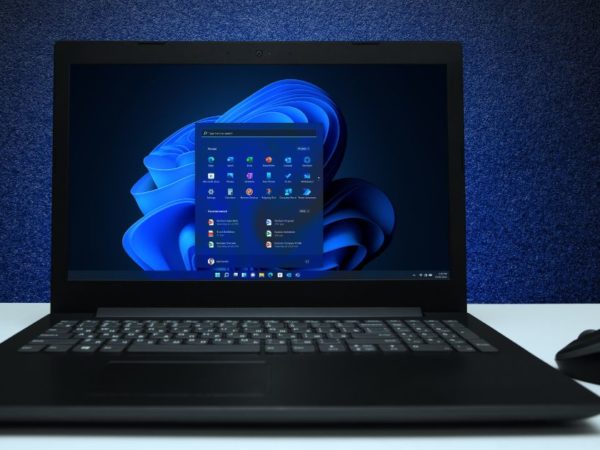D-Back Hard Drive Recovery Expert is here to recover deleted files from the recycle bin after you empty them on Windows and Mac. Let’s see how it works.
Surprisingly, human error is the leading cause of data loss–doing it 50% of the time. And data recovery software comes in handy in such situations to retrieve something important, be it documents, images, videos, etc.
D-Back Hard Drive Recovery Expert is tailor-made for this. It ships with a free plan with a 100MB recovery cap, making it all the easier to test its efficacy before going for a full-blown purchase.
This review will include some of their notable features before going for a small test to check their worth.
Without any more wait, let’s begin.
iMyFone: Recover Deleted Files
iMyFone is a specialist in data management, recovery, and repair. Besides, they develop multimedia and utility software. But we’ll keep our focus on the data recovery solution for Windows, including a brief look at their recovery software for Mac as well.
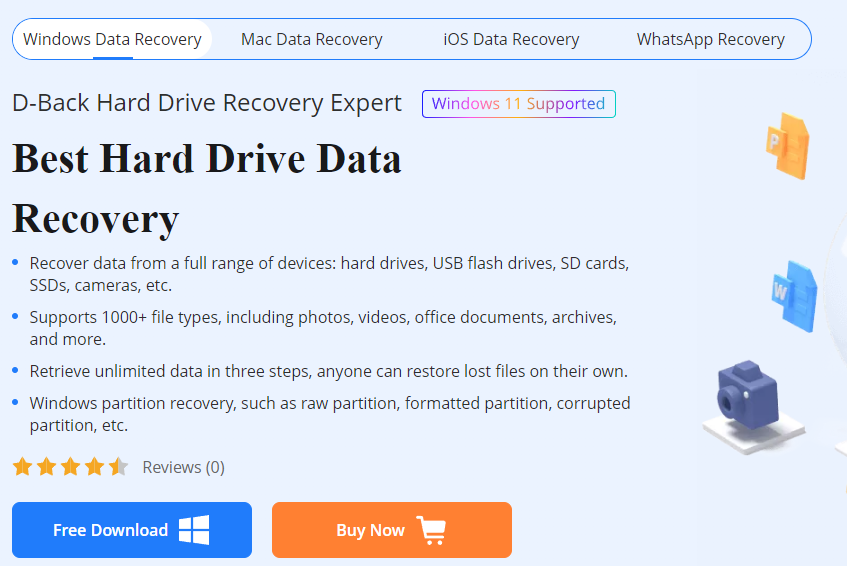
D-back data recovery works for a variety of use cases, including recovery from:
- Emptied Recycle Bin
- Lost Partitions
- Formatted Data
- External Data
- Virus Attack
- System Failure
- RAW (unrecognizable) Partition
Moreover, this utility is compatible with many devices like desktop hard drives, USB disks, MicroSD cards, digital cameras, media players, zip drives, etc.
And they support recovering over 1000 file types, such as the major document, video, audio, email, and graphics formats.
D-Back Data Recovery Expert
Windows users can directly download the D-Back Data Recovery Expert from the iMyFone website. Afterward, install and open to land on the user dashboard:
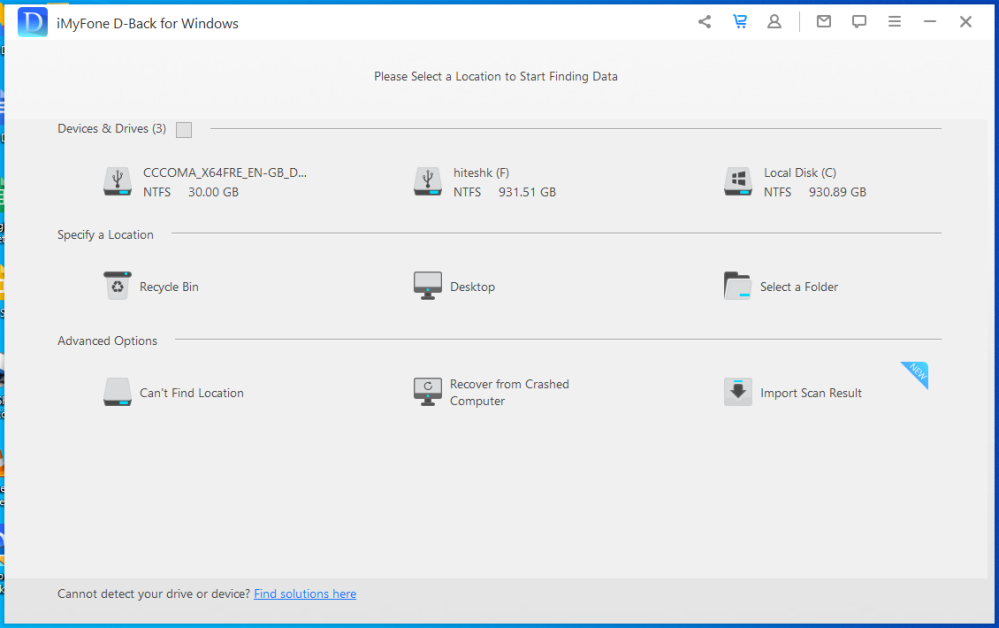
The user interface is clean, listing all the available drives, internal and external. It’s good that it auto-detects the external drives once you insert them and doesn’t require starting all over again.
The top right corner is primarily for support, software updates, feedback, FAQ, etc.
The central part is dedicated to the recovery process, which essentially means three steps: selecting the drive, scanning for recoverable files, and finally recovering the selected from the scan results. And the best part remains the preview for the deleted files before opting for the recovery.
At a glance, it looks like a very simplistic recovery utility that anyone can use without needing any technical expertise.
How Data Recovery Works
No data recovery software guarantees 100% recovery. Basically, when we delete any file, it remains on the drive occupying physical space unless overwritten.
Once any other file gets written on that specific real estate, chances to recover the old deleted files become negligible.
The best case would be to recover the old files with the original file name, timestamps, path, etc. But in some cases, you’ll only see a partial recovery with the complete file but broken details or with some (or all) details but an unusable file.
Conclusively, the best practice is regularly taking backup of the important files because data recovery doesn’t work every single time, irrespective of the software utility you may be using.
D-Back Data Recovery Test
Let’s head to the crux of this article and see the data recovery in real-time. I’ll check its performance on my internal hard drive and gauge the performance.

We have put together a folder of a random mix for this brief test containing video, audio, documents, images, setups, etc. The total size of this folder is 77.7 MB, under the prescribed limit (100 MB) for the free version.
And we’ll pit it against the classic case of recycle bin recovery. I deleted all those files to send them into the recycle bin and then emptied it to delete the files permanently.

Now is the time to witness the real-life performance of the D-Back Data Recovery Expert.
So, open the dashboard, click the Recycle Bin, and wait to let it scan the recoverable deletions:
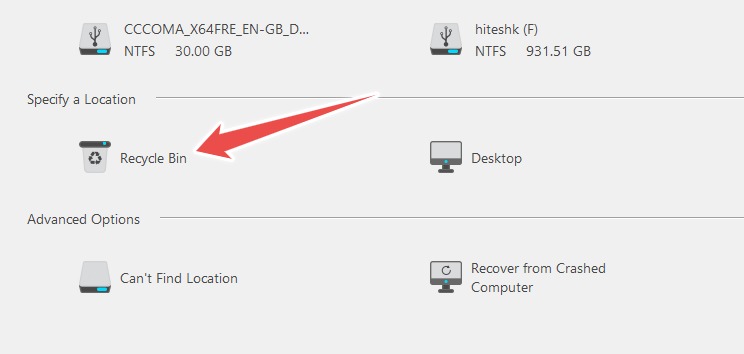
The best way is to let the scan complete before going for the preview or the recovery. Additionally, this application prompted to rerun the scan if it doesn’t show the intended files.
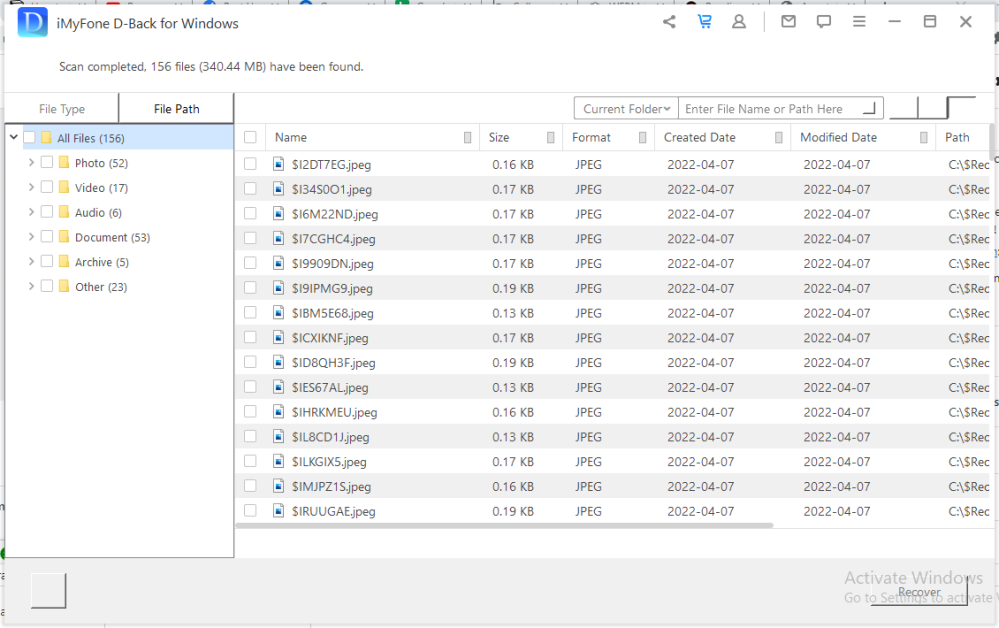
The scan took a few minutes, but it really matters on the recycle bin size. Finally, D-Back recovery was spot on for recovering every single file.
I have selected specific files and imported them to my desktop. It sorted the recovered files in the All files folder as per the file type.

While it was all success here, the reason can be my recent re-installation of Windows OS with little data occupying disk space. A fully-fledged hard disk crowded with folders and with years of active use may see less recovery rate than this.
In addition, the thing which is more important than the recovery is the final state of the files.
And with the D-Back data recovery expert, the strengths seem to lie with the .txt files, of which most were working precisely. However, the same efficiency with video and other formats would increase the overall usability of the application.
D-Back Data Recovery Expert (Mac)
iMyFone has a very similar data recovery software for Mac. The user interface and support for various file types and devices are almost identical. And you have the same free trial with macOS too.
The subscription plans are monthly, annually, and lifetime. You may subscribe to yearly and lifetime plans for businesses, with the device support ranging from five to unlimited.
Conclusion
Recovering deleted files is an excellent remedial measure, but keeping a backup is the safest option since recovery attempts may turn futile at any time.
So, we have summarized the best data backup practices, along with some tools to keep you protected in the worst-case scenario.


